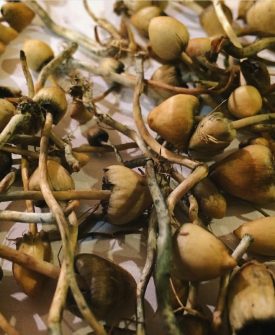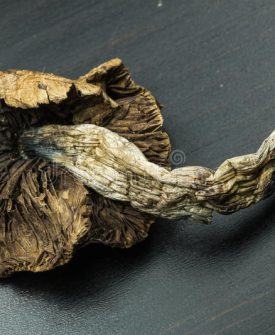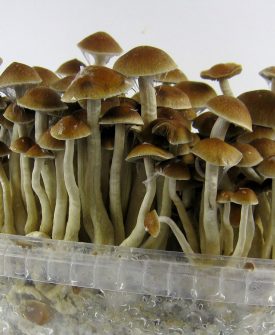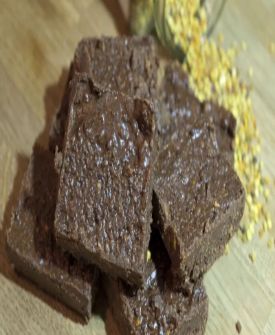what are Psilocybin mushrooms?
Psilocybin mushrooms, commonly known as magic mushrooms, mushrooms or shrooms, are a polyphyletic, informal group of fungi that contain psilocybin which turns into psilocin upon ingestion. Biological genera containing psilocybin mushrooms include Copelandia, Gymnopilus, Inocybe, Panaeolus, Pholiotina, Pluteus, and Psilocybe. Psilocybin mushrooms have been and continue to be used in indigenous New World cultures in religious, divinatory, or spiritual contexts. They may be depicted in Stone Age rock art in Africa and Europe, but are most famously represented in the Pre-Columbian sculptures and glyphs seen throughout North, Central and South America.
Magic mushrooms are wild or cultivated mushrooms that contain psilocybin, a naturally-occurring psychoactive and hallucinogenic compound. Psilocybin is considered one of the most well-known psychedelics, according to the Substance Abuse and Mental Health Services Administrations.
Psilocybin is classified as a Schedule I drug, meaning that has a high potential for misuse and has no currently accepted medical use in treatment in the United States.
Although certain cultures have known to use the hallucinogenic properties of some mushrooms for centuries, psilocybin was first isolated in 1958 by Dr. Albert Hofmann, who also discovered lysergic acid diethylamide (LSD).
Magic mushrooms are often prepared by drying and are eaten by being mixed into food or drinks, although some people eat freshly picked magic mushrooms.
Magic mushrooms are also known as shrooms, mushies, blue meanies, golden tops, liberty caps, philosopher’s stones, liberties, amani, and agaric.
Psilocybin Mushroom Common Side Effects
Psilocybin mushrooms are known to cause
nausea,
yawning,
feeling relaxed or drowsy,
introspective experience,
nervousness,
paranoia,
panic,
hallucinations,
psychosis.
-
Albino A+
Select options This product has multiple variants. The options may be chosen on the product page -
Buy Gold Caps Online
Select options This product has multiple variants. The options may be chosen on the product page -
Buy Liberty Caps online
Select options This product has multiple variants. The options may be chosen on the product page -
Golden Teacher | Shrooms | Mushrooms
Select options This product has multiple variants. The options may be chosen on the product page -
Mexican Shrooms
Select options This product has multiple variants. The options may be chosen on the product page -
Shroom Chocolate
Select options This product has multiple variants. The options may be chosen on the product page -
Wavy caps
Select options This product has multiple variants. The options may be chosen on the product page



